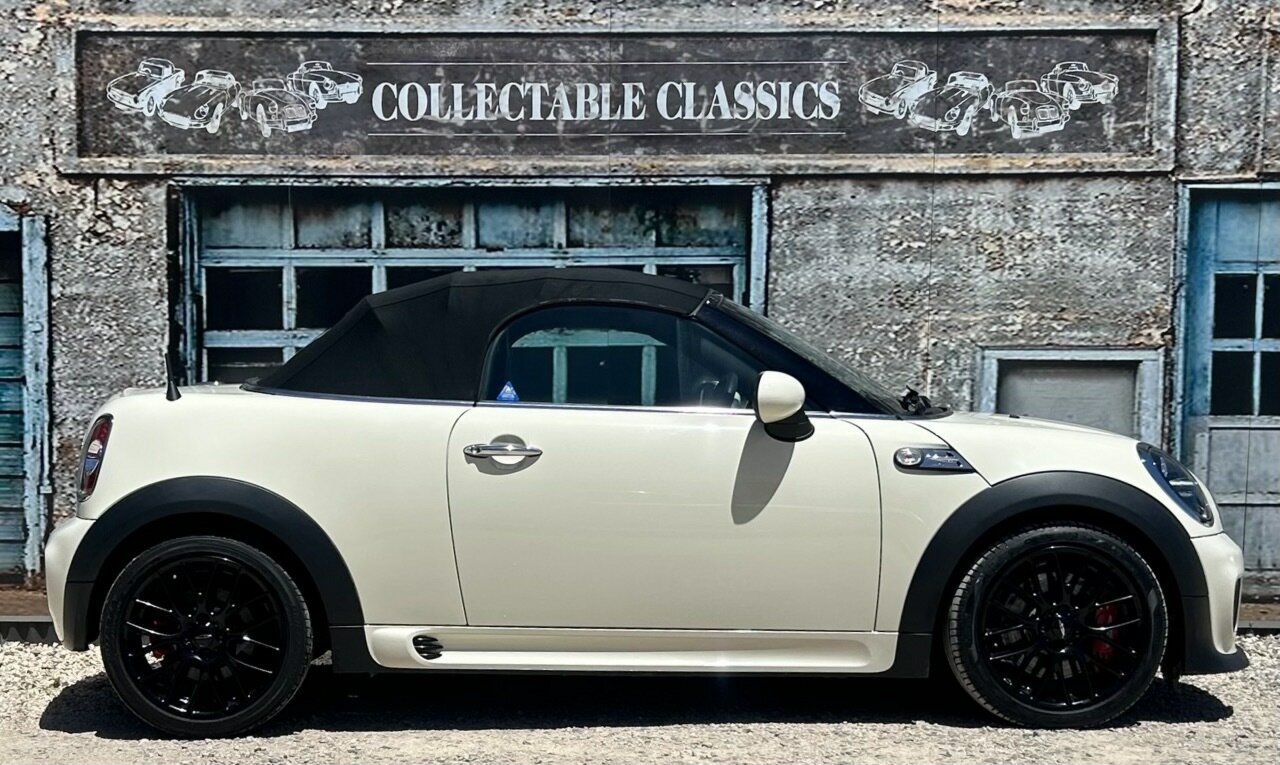Maserati to end V8 engine production
Maserati used this year’s Motor Valley Fest in Modena, Italy, to announce that production of V8-engined models will come to an end later this year as the carmaker advances towards electrification of their entire lineup.

The last units of the Ghibli and Quattroporte powered by the 426kW (572hp) twin turbo 3.8-litre V8, as well as the Levante SUV that uses the same Ferrari-supplied engine, will be built later this year. Special ‘Ghibli 334 Ultima’ and ‘Levante V8 Ultima’ models to farewell the V8 will make their public debuts at the Goodwood Festival of Speed in July ahead of market release before the end of the year, but there’s no word at time of writing on whether a similar Ultima version of the Quattroporte will also be offered.

Most of the images here show not the farewell models, but special ‘Zeda’ editions of Maserati’s Trofeo range. On show at Motor Valley Fest, the distinctive tri-tone paint on these models also celebrates the V8 engine ahead of the switch to electrification, the carmaker says.

Maserati’s first fully-electric model, the GranTurismo ‘Folgore’ (‘Lightning’ in English), was announced last year and is due for Australian release before the end of 2023. The Grecale Folgore electric SUV is expected to make its local debut around the same time.
By 2025, every model in Maserati’s lineup will have an electric version, with the full range to be electric only by 2030.

The final V8 roadgoing models will end a Maserati tradition that began in 1959. Back then, the Shah of Iran requested the 4.5-litre V8 from Maserati’s 450S racer be fitted to a 3500 GT road car. With the engine enlarged to 4.9 litres and the 3500 GT chassis strengthened, Maserati’s first roadgoing V8 model, the ‘5000 GT,’ produced 242kW (325hp), which was significantly more than the 173kW (232hp) that the 3500 GT’s 3.5-litre inline six offered in its most highly tuned form.

Only 34 examples of the 5000 GT were built over a seven-year period (compared to more than 2,200 units of the 3500 GT), but it established a V8 GT lineage that continued with the Ghibli of 1967 and the Khamsin of 1974. When the Shamal was launched in 1990, capacity decreased from 4.9 litres to 3.2 litres, but twin turbochargers were added. In the new millennium, the Maserati Coupe/GranSport continued the V8 tradition, while the GranTurismo coupe and GranCabrio convertible are the current iterations of the Maserati V8 GT.

Alongside these GTs, Maserati’s Quattroporte sports sedan also ran with a V8 - initially 4.1 litres, then 4.7 litres - when launched in 1963. After the second-generation Quattroporte switched to a 3.0-litre V6, an eight-cylinder returned with the third-generation version in 1979. A V8 continued to be available on every subsequent Quattroporte, and while the sixth generation launched in 2013 with a 3.8-litre twin turbo V8, that engine was dropped for 2023, with only the 3.0-litre ‘Nettuno’ V6 or all-electric power offered.

Maserati say they’ve built in excess of 100,000 V8-engined cars and SUVs since 1959, with the last models so equipped sure to become collector’s items. The last of the Maserati V8s will continue to be available into 2024, but Australian allocation of these final examples, including the Ghibli 334 Ultima and Levante V8 Ultima, is unknown at time of writing.













